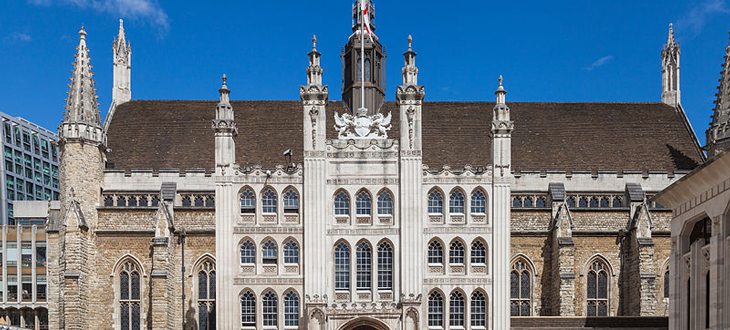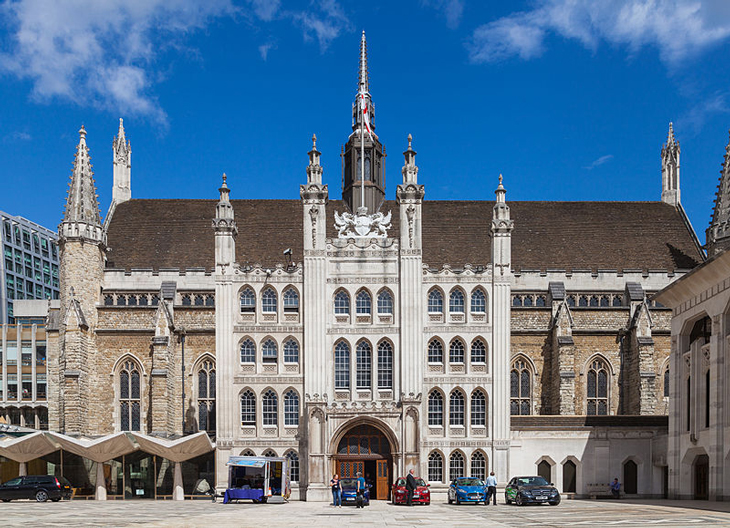9-15 March 1415: London and Loans for the Expedition
By Dan Spencer
On 10 March 1415, Henry summoned the mayor, aldermen and leading citizens of London to the Tower of London.
There he announced his intention to invade France ‘with no small army… to reconquer the lands pertaining to the inheritance and the crown of his realm’. What he was after was money – a loan to be precise.
The king sent two of his brothers, (the dukes of Bedford and Gloucester), the bishop of Winchester, the archbishop of Canterbury and Edward, duke of York to the city’s Guildhall four days later to discuss this further. They were careful to allow the Lord Mayor of London to have the central seat since he held authority in the City on behalf of the king.
The city eventually agreed by June to give the king a loan of 10,000 marks, for more information on this loan click here.
Loans were an important source of financing for military expeditions. Although the king had been voted a double lay subsidy in parliament in November 1414, the taxes would take a while to be collected: they were due to be paid in two instalments – 2 February 1415 and 2 February 1416. The king needed ready cash sooner in order to prepare for the expedition. Therefore loans were sought on the security of known taxation income. This was a well-established form of credit based finance in medieval England. As the largest and wealthiest city in England, the City of London was a major source of loans to the king. It had already loaned Henry IV 10,000 marks for the 1412 expedition to France.
It was in this week that something very important happened in France: the Armagnac and Burgundian factions were seemingly reconciled. On 13 March, a number of noblemen, including the dukes of Berry, Bourbon, Orléans and Brabant swore to uphold the terms of the treaty of Arras which had been publicly proclaimed on 22 February. The terms included a ban on any alliances which would threaten the king, such as any potential alliance with England. Therefore the French now presented a united front against Henry’s expected invasion. In addition, Charles VI ordered an initial levy of taxation to fund preparations for defence.
On the very day the French factions made peace, an English embassy entered Paris. It is likely that this timing was stage managed so that the French could demonstrate their unity to the English envoys. Not surprisingly, the French were not prepared to restore to the English the lands secured in the treaty of Brétigny in 1360. All they offered were some of the lands in Aquitaine as fiefs (held of the French king as a vassal). The English envoys left the negotiations stating that they lacked the authority to agree to such terms. The die was cast: Henry now began to prepare his invasion with a vengeance.
This information came from A. L. Brown, The Governance of Late Medieval England 1272-1461 (London: Edward Arnold, 1989), pp. 80-2; Anne Curry, Agincourt: A New History (Stroud: Tempus, 2005), pp. 47-8; ‘Folios cxi – cxx: Jan 1411-12 – ‘, in ‘Calendar of Letter-Books of the City of London: I, 1400-1422, ed. Reginald R Sharpe (London, 1909), pp. 101-111, 130-146 http://www.british-history.ac.uk/london-letter-books/voli/ [accessed 13 February 2015].’
Photograph of the London Guildhall taken from Wikipedia, author Diego Delso, Wikipedia Commons Licence CC-BY-SA 3.0

